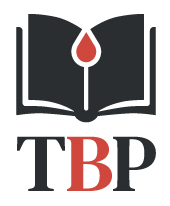TTP Quiz – Part 4
TTP is a thrombotic microangiopathy caused by a deficiency of ___ which results in thrombocytopenia, microangiopathic hemolytic anemia, and widespread multiorgan thrombosis and injury.
TTP is also known by eponym.
Congenital TTP is also known by eponym.
True or false: all types of thrombotic microangiopathy are characterized by ADAMTS13 activity level < 10%.
Congenital TTP is reported to account for what % of all TTP cases:
TTP is more common is which populations/groups of patients (more than one answer may apply):
What is the annual incidence of TTP in the United States?
True or false: the clinical expression of ADAMTS13 deficiency may require a triggering event.
Which statement is/are true:
The historically characterized “clinical pentad” of immune TTP is present in what % of patients:

Neurologic symptoms are reported in about what % of patients with TTP:
Suspect diagnosis of TTP in patients with (more than one answer may apply):
True or false: blood sample for ADAMTS13 activity levels should be obtained prior to therapeutic plasma exchange.
True or false: therapy for TTP should wait until ADAMTS13 activity levels are known to be low.
Assuming that we should start therapy preemptively in those at high suspicion for having TTP (before the ADAMTS13 activity results are known), how do we decide who should be treated?
Which of the following tests should be carried out in a patient with suspected TTP:

True or false: TTP should be treated as a medical emergency.
According to clinical practice guidelines, treatment should begin as soon as possible, preferably within ___ hours of initial clinical diagnosis.
What are the two treatments that should be started as soon as possible, based on strong recommendations from clinical practice guidelines?

